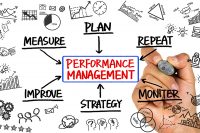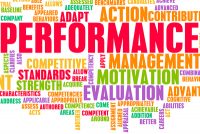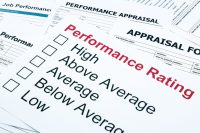Performance Management Evolves Beyond the Annual Review
Even the biggest fans of the annual performance review admit it has its flaws—such as assessing work and behavior months later through a rigid format that doesn’t always reflect true accomplishments and has a lack of nuance.







